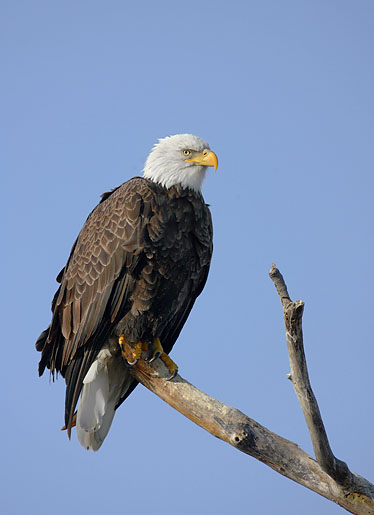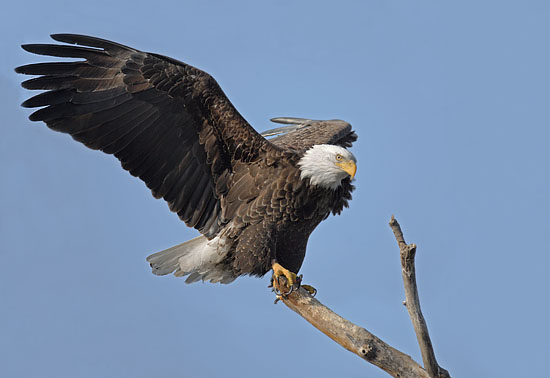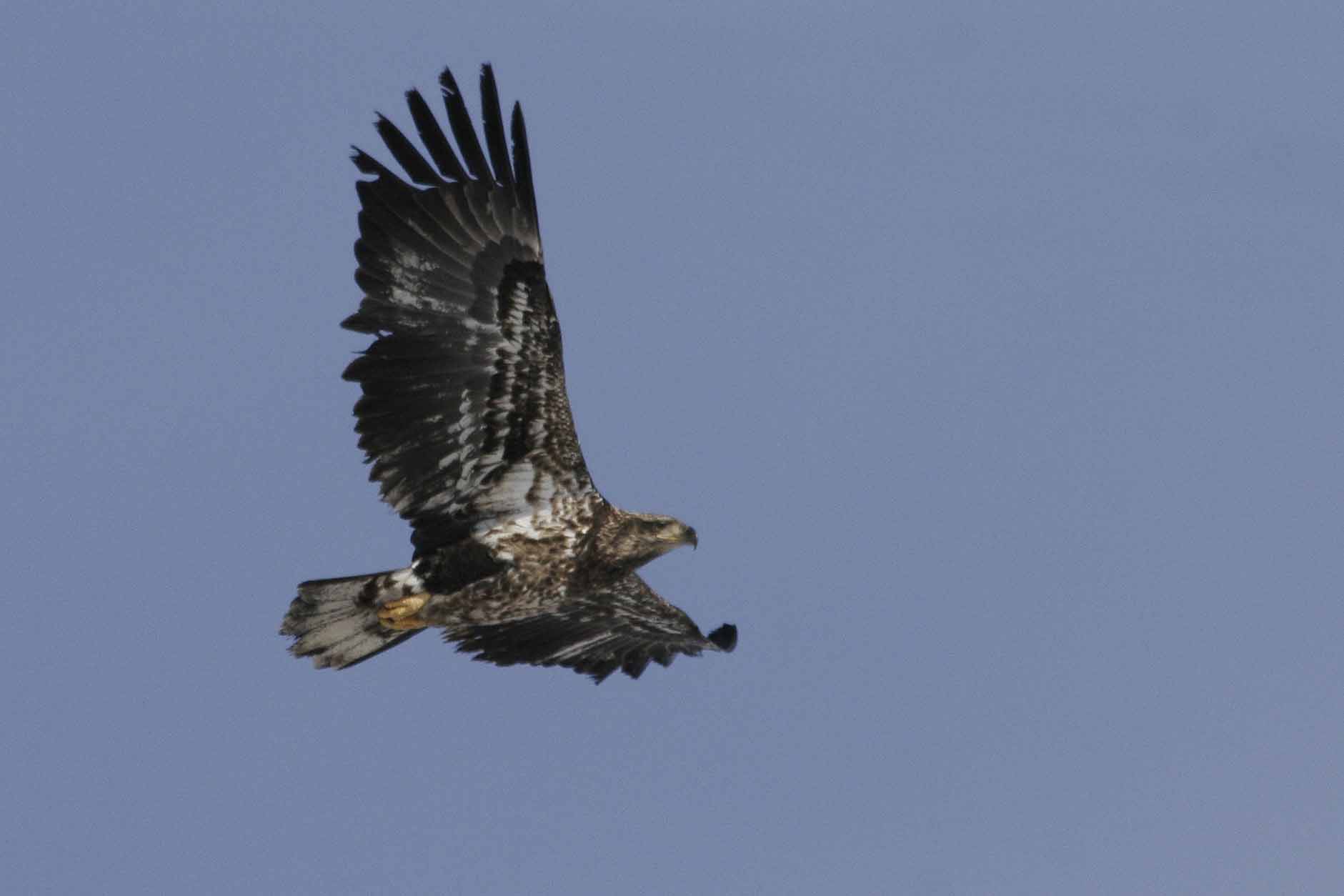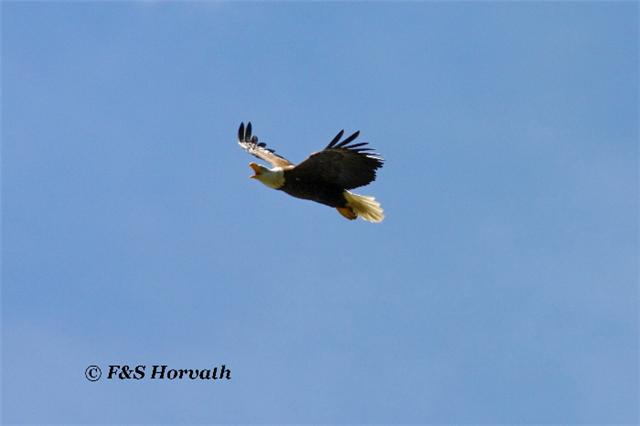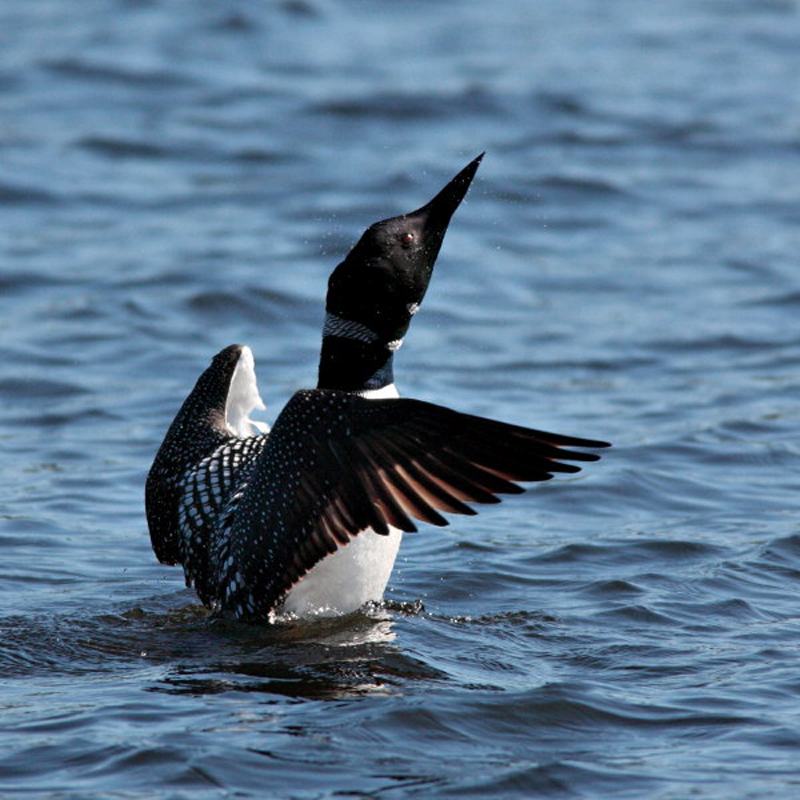Care of BirdsTop
Today I have found what I think is an American Kestrel, dead, on my front porch near several bird
feeders that we have on our front lawn. I am not sure the reason of it's demise, but think maybe it
flew into the front of our house. I am wondering if this bird would be wanted by some organization as
it seems to be in perfect state of preserve. A beautiful specimen. Can you please advise before I
must dispose of this bird?
The contact is the Ontario Ministry of Natural Resources office in Aurora: (905) 713-7400.
When I arrived home from work today, I was saddened to find a beautiful bird close to my house
that seems to be an Oriole of some sort. To my surprise I looked around and there
was another one lying deceased in my driveway. I was very concerned and immediately called the Public
Health department but they were not concerned and passed me on to animal services. They advised me that there is no bird
watch at this time and to just put the birds in the garbage. What should I be doing about this?
These are probably window kills. Public Health gave you the correct advice to dispose of them. You could take them to the
ROM but they're likely decaying already.
Is there any info on what to do with an injured bird? They sometimes hit the window and die but today one
hit my window and was still alive. I wasn't sure what to do and the Humane Society was closed. I put a box
over it with a small opening to keep it warm as it was very cold and windy. It did eventually come out and
hop around. It didn't fly away even when I came outside, until I approached more closely. I would appreciate
any info for future reference.
The best technique with injured birds that fly into windows is to place them on Kleenex in a closed cardboard box
with 2 or 3 small air holes. Put the box in a quite dark place for a few hours or overnight if late afternoon. Do not
check it. Let the bird rest and recover without stress. To release the bird don't open the box inside to avoid it
escaping and crashing around in your home. Take the box outside. Open it facing the light near its habitat. The bird
will either fly out or it will have died of its injuries. Dead birds can be returned to their habitat or wrapped in
a plastic bag and put in the garbage. Dispose of the box and wash up.
The Fatal Light Awareness Program (FLAP) has a page on How to Help an injured bird
that has lots of good advice, including links to the Toronto Wildlife Centre
My daughter was in a wooded area and heard the cries of a bird yesterday. They saw two ravens flying in the area so assumed that a bird may have fallen from a nest and stayed away.
Upon investigation they saw what appeared to be a baby raven by now very hungry. Is it legal for us to be assisting this bird?
Ravens are protected by Ontario’s Fish and Wildlife Conservation Act and cannot be kept in captivity or as a pet without a permit. However, you are not violating the law by temporally
caring for it with the intent of releasing it as soon as possible. I recommend contacting your local office of the Ministry of Natural Resources.
Not sure if you can advise me, but I am interested in what constitutes interference with habitat.. We have THREE bald eagles living nearby and with these windmills going in - does that
constitute a threat to this endangered species?
Birds and windmills are a very confusing matter. I suggest that you call the local MNR office (in blue pages) and ask to speak to the Species at Risk biologist.
"Interference with habitat" is not used in the new Act. See Section 10 (1) copied below.
10. (1) No person shall damage or destroy the habitat of, (a) a species that is listed on the Species at Risk in Ontario List as an endangered or threatened species;
Definition of habitat becomes the problem. Unless a description of Bald Eagle habitat is specifically defined in the regulations (it isn't), then damage and destroy (wording in new Act)
usually refer to the nest or area immediately around the nest.
New Act here.
Can you quote me a law that states it is illegal to destroy eggs in a nest? Is this in the Migratory Birds Convention Act (Federal), or is it part of any Provincial or Federal Criminal Code?
Every year at LaSalle Park marina in Burlington, someone smashes all the Canada Geese eggs right in front of the nesting female.
Canada Geese are protected by the federal Migratory Birds Convention Act. However, the Canadian Wildlife Service (CWS) occasionally issues permits to control geese that are considered a
problem or nuisance. Get the name of the person and description, licence plate, make of vehicle, etc. and check with the enforcement section of CWS. You can leave a message to return your call
if you don’t get through to a live person at 905-336-6410. The CWS office is near you at 867 Lakeshore Road, Burlington, Ontario L7R 4A6. Keep in mind that when a complaint is made that
enforcement agencies often don’t get back to you with an outcome. Perhaps go directly to the office on a week day and talk to an enforcement officer.
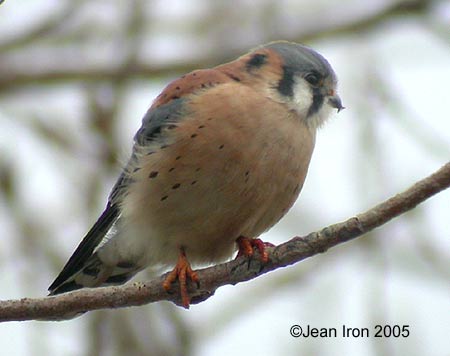
American Kestrel
Photo: Jean Iron
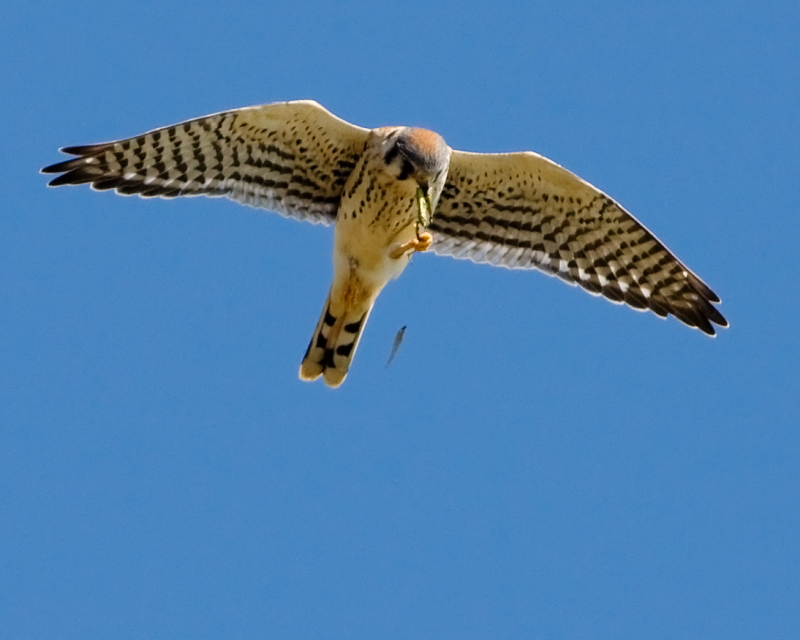
American Kestrel
Female
Photo: Don Wigle
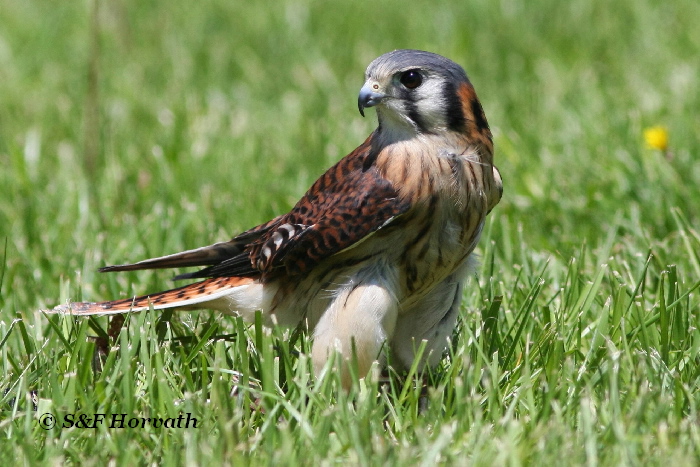
American Kestrel
Photo: Sandra and Frank Horvath
.jpg)
American Kestrel
Female
Photo: Sam Barone
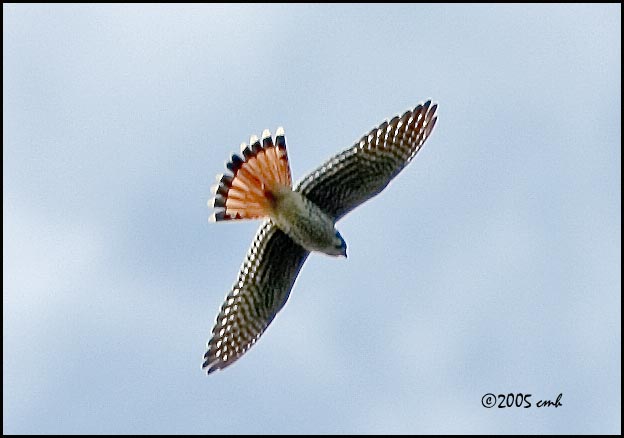
American Kestrel
Photo: Carol Horner
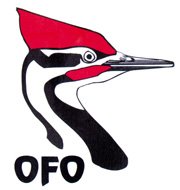

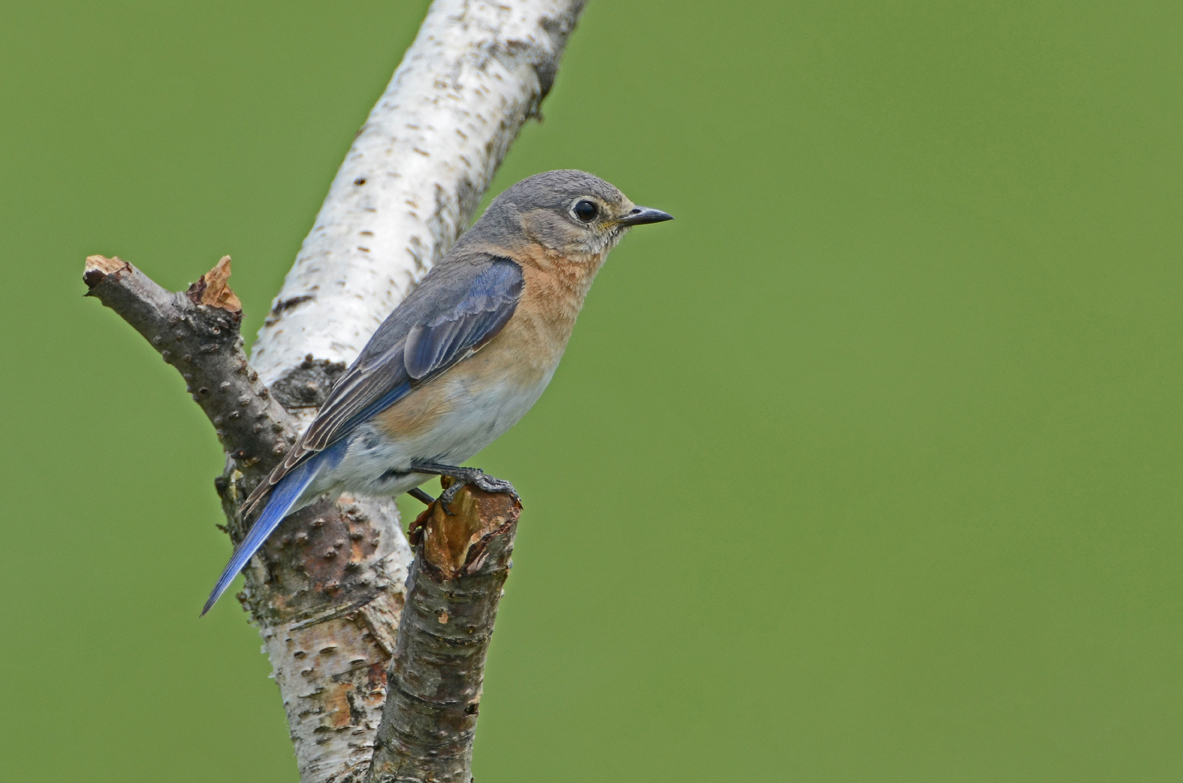
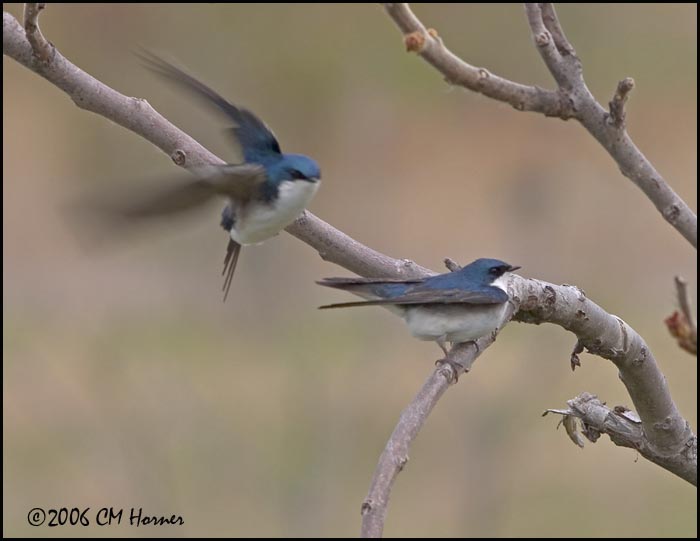
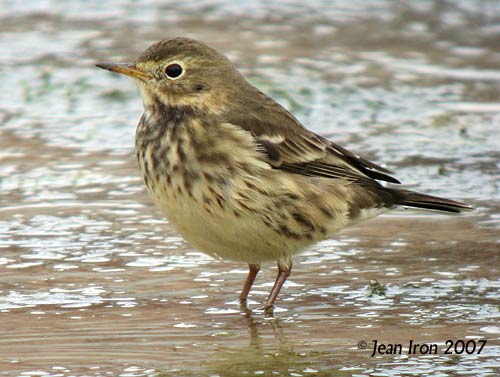



.jpg)

